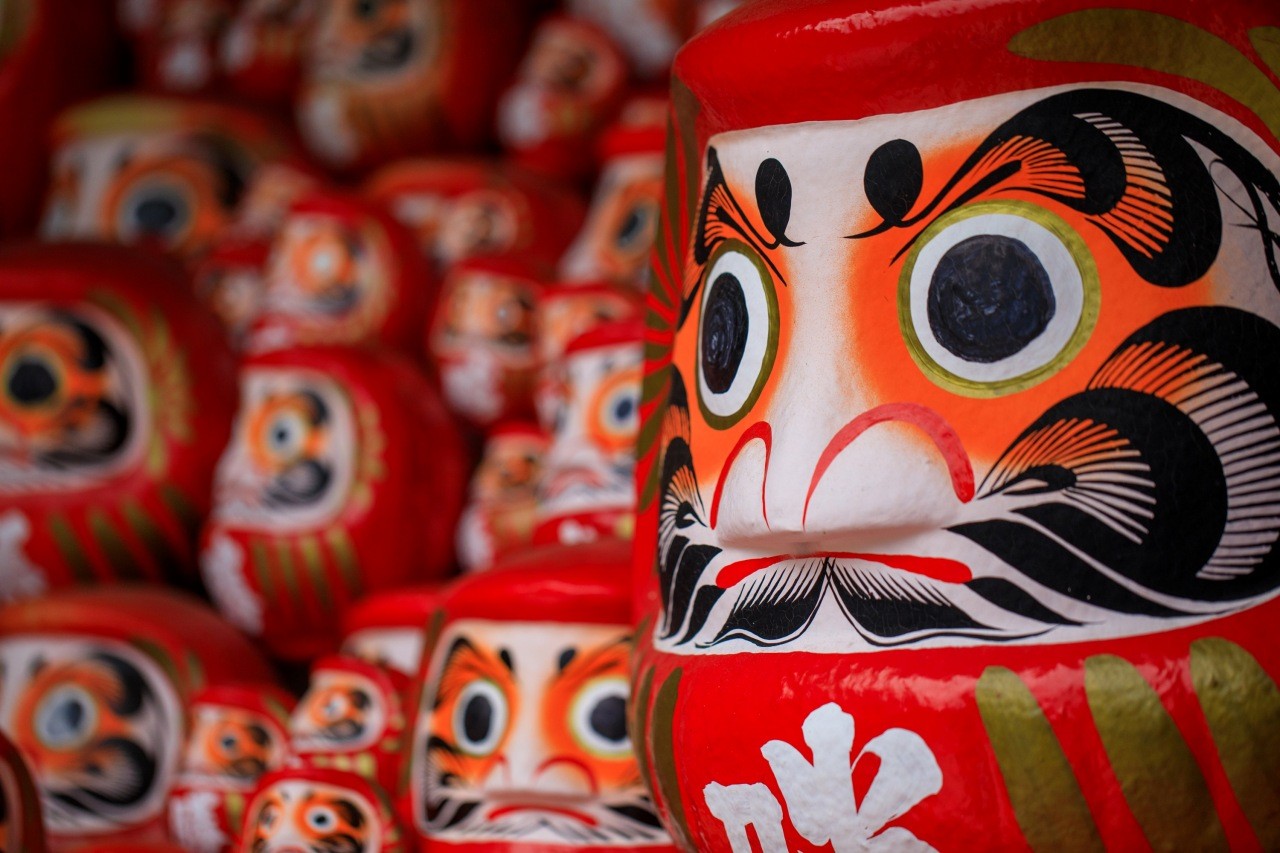
Daruma dolls are traditional Japanese good luck charms, and their round shape and powerful facial expressions make them popular items among international visitors to Japan. In recent years, attention has also increased due to the global hit Korean drama "Squid Game," which features a game inspired by the traditional Japanese children's game "Daruma-san ga Koronda."
This article thoroughly explains everything about Daruma culture, which embodies the spirit of "fall down seven times, get up eight" (七転八起 / Nana Korobi Ya Oki): its origins and history, the meaning behind its colors, the correct way to paint in the eyes, and how Daruma are rooted in Japanese daily life. We will also introduce famous production areas such as Takasaki and Shirakawa, as well as well-known spots like Daruma temples.
*If you purchase or reserve products introduced in this article, a portion of the sales may be returned to FUN! JAPAN.
🚅Book your Shinkansen ticket with NAVITIME Travel! 👉 Click here
The Origin of Daruma and Its Role for Japanese People
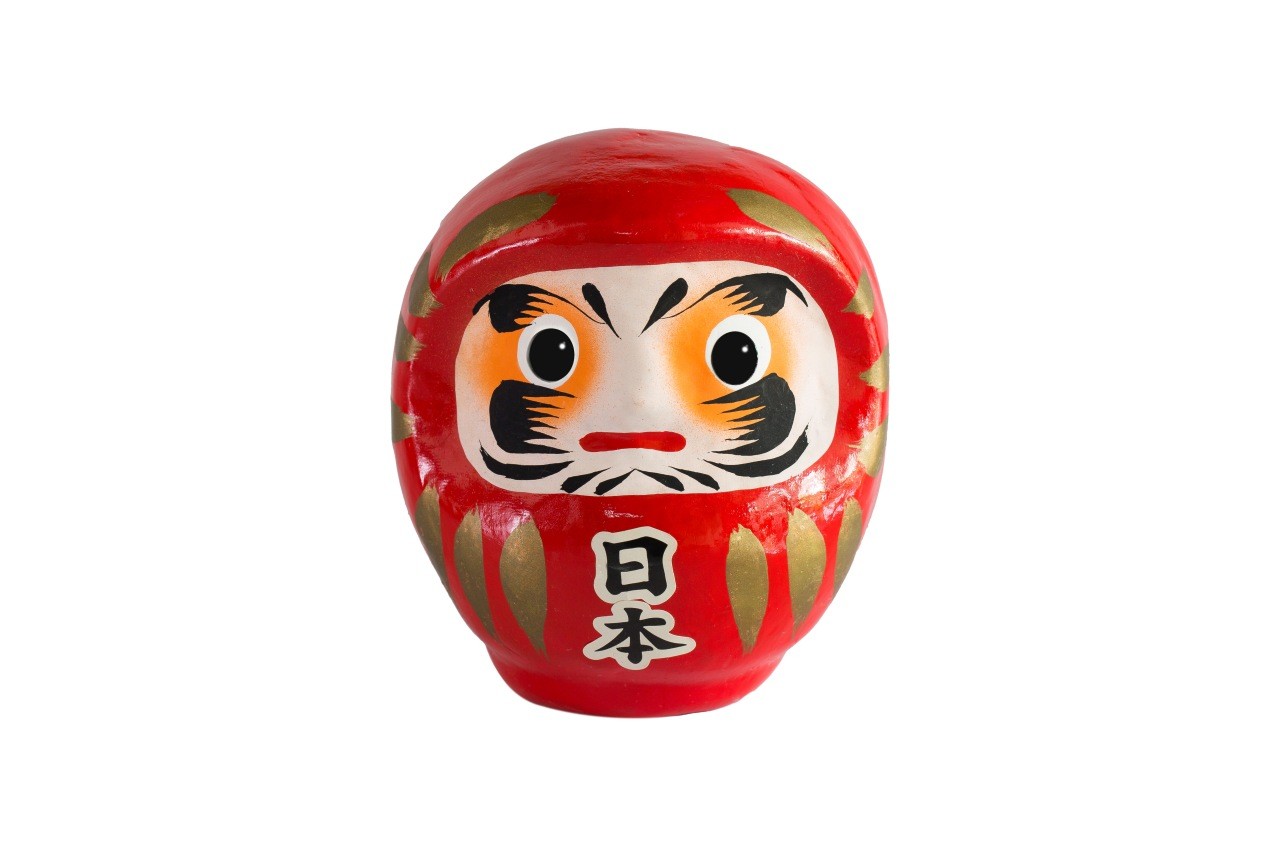
For Japanese people, Daruma is not just a decorative item but a very familiar presence. Daruma often appears in picture books that children grow up with, and everyone has played the game "Daruma-san ga Koronda." In addition, during Japanese elections, it is common to see news footage of candidates painting in one eye of a Daruma doll upon winning, showing how deeply Daruma is rooted in Japanese culture and daily life. There are very few people in Japan who do not know about Daruma.
Origin of Daruma
The model for Daruma is Bodhidharma (known as 達磨大師 / Daruma Daishi in Japanese), the founder of the Zen school of Buddhism. He was a real person who is said to have brought Buddhism from India to China over 1,600 years ago. There is a legend that he practiced severe asceticism, meditating facing a wall for nine years in pursuit of enlightenment. His indomitable spirit, symbolized by always getting back up after falling, became associated with the Japanese saying "fall down seven times, get up eight," making Daruma a symbol of good luck and wish fulfillment.
The red color of Daruma is said to originate from the red robe (袈裟 / kesa) that Bodhidharma wore at the time. The reason Daruma appears to have no arms or legs is because its round shape is covered by the red robe, but Bodhidharma himself did have arms and legs.
A Good Luck Charm for Wish Fulfillment
In Japan, Daruma is considered a good luck charm that grants wishes, and people entrust various hopes and goals to Daruma, such as family health, workplace prosperity, or passing entrance exams. Daruma dolls are usually sold with blank eyes, and the act of painting in one eye while making a wish marks the start of working toward that goal. The typical period for wish fulfillment is considered to be one year, during which people aim to achieve their goals.
Daruma also serves as a talisman to ward off evil and misfortune. Since ancient times in Japan, red has been believed to have the power to repel illness and disaster, so Daruma are often displayed at home for protection and prayers for good health.
【A Thorough Guide to "Painting the Eyes" of Daruma】Correct Method and What Not to Do
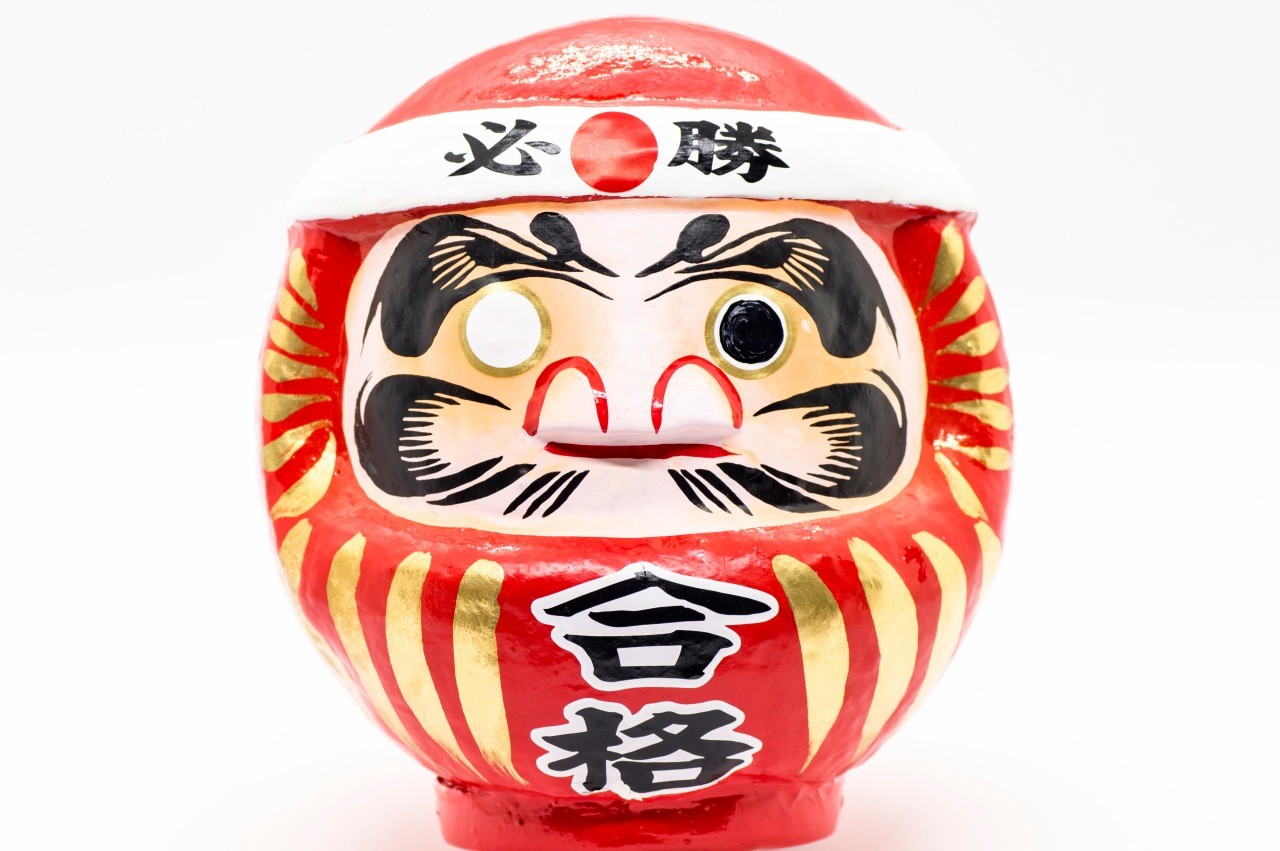
The first thing you do after purchasing a Daruma doll is to "draw in the eyes." This is the most important step, as it is believed to imbue the Daruma with a soul and entrust it with your wish for success.
When and which eye do you draw first on a Daruma?
There are general rules regarding the timing and order of drawing in the eyes.
The first eye is drawn when you set your goal and make your wish—essentially, when you make a firm vow to achieve your objective. The first eye to be drawn is the right eye as you face the Daruma (the Daruma’s left eye). This act is called "kaigen" (開眼 - opening the eye) and symbolizes the start of your wish.
The second eye is drawn when your wish comes true, or after you have safely spent a year. The second eye is the left eye as you face the Daruma (the Daruma’s right eye). Draw it carefully and calmly.
Traditionally, a brush and black ink are used to draw in the eyes, but since ink can drip and be difficult to handle, it is also acceptable to use a black pen.
The Purpose of Drawing in the Eyes and How to Display Your Daruma
Drawing in the eyes is not just about painting them on; it serves to remind you that your goal is being watched over, encouraging you to keep striving. "Kaigen" (opening the eye) is the act of giving the Daruma a soul, transforming it from a simple ornament into a lucky charm with special significance. Once the eyes are drawn, it is considered best to place the Daruma on the left side of your household Shinto altar (kamidana) if you have one. If you do not have a kamidana, display it in a high place where it can watch over everyone, or in a spot where you can always be reminded of your goal, such as your living room or office desk.
What Not to Do When Drawing in the Eyes or Handling a Daruma
- Drawing in both eyes at the same time: This is believed to mean you are neglecting the effort needed to achieve your wish, as you have not waited for your wish to come true.
- Leaving the Daruma with only one eye drawn for too long: This is considered bad luck, as it suggests you have forgotten your wish.
- Throwing away the Daruma before your wish comes true: This implies giving up halfway, which goes against the Daruma’s spirit of "fall down seven times, get up eight." It is best to avoid this.
The Colors and Meanings of Daruma Dolls
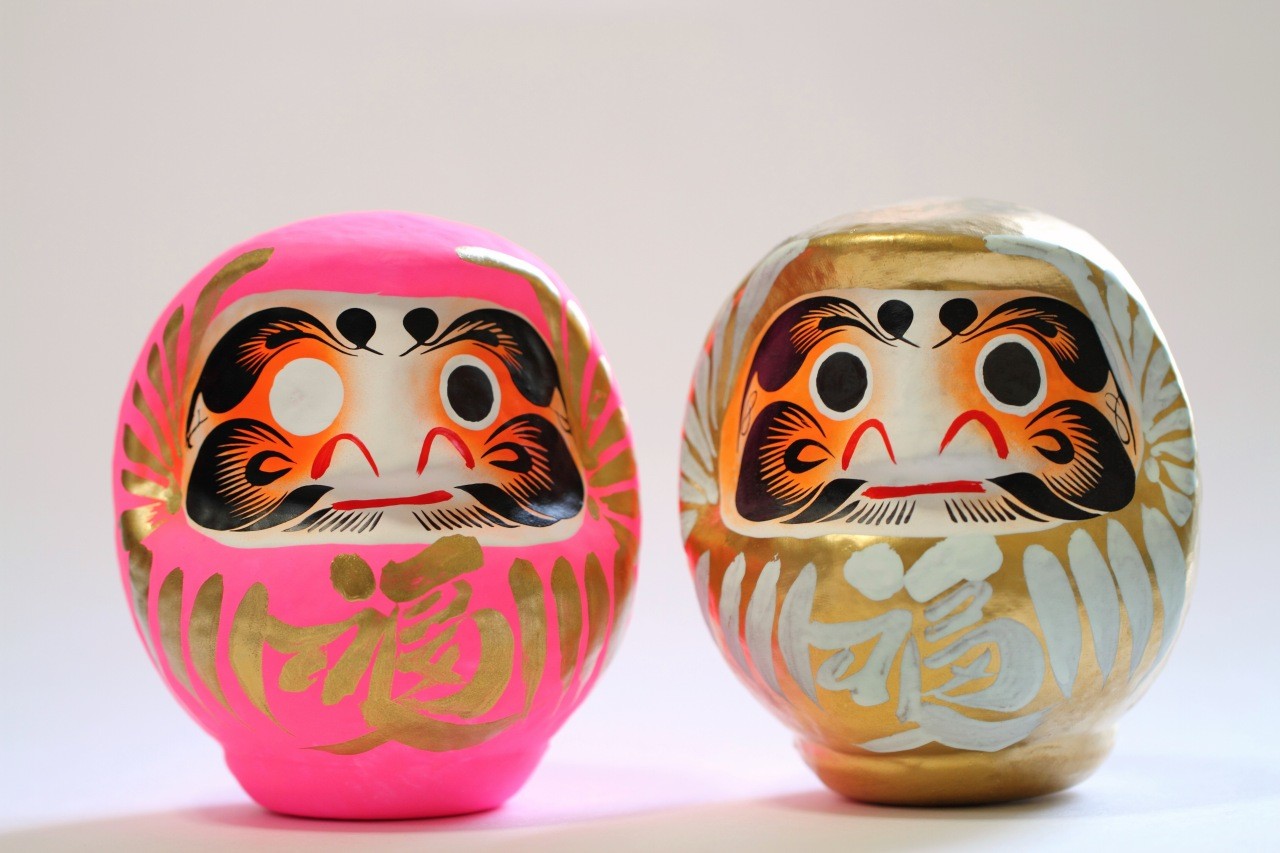
Traditionally, Daruma dolls are red, but nowadays they come in a variety of colors, each said to bring a specific kind of good fortune.
| Color | Benefit (Blessing/Fortune) | Main Wishes |
| Red | Protection from evil, warding off misfortune, fulfillment of great wishes | General good luck, health, career success, victory |
| Gold/Yellow | Wealth, financial fortune | Improved finances, business prosperity, success, making dreams come true |
| White | Achievement of goals, passing exams, peace | Success in exams, obtaining qualifications, achieving goals |
| Green | Health, safety, traffic safety | Good health, recovery from illness, stress relief |
| Black | Business prosperity, warding off misfortune, stability | Increased income, protection from misfortune |
| Purple | Art, longevity | Long life and health, creative activities |
| Pink | Love, marriage, beauty | Success in love, good relationships, beauty |
Worldwide Hit "Squid Game" Brings New Attention! How to Play "Daruma-san ga Koronda" and Its Korean Version
The Korean drama "Squid Game," which became a global hit on Netflix, features a terrifying game at the beginning that caught the world’s attention because its rules are almost identical to the traditional Japanese children’s game "Daruma-san ga Koronda."
【What’s the Korean Phrase?】"The Mugunghwa Flower Has Bloomed" and the "Squid Game" Scene Explained
In "Squid Game," the giant girl doll shouts in Korean, "무궁화 꽃이 피었습니다 (Mugunghwa kochi pieotseumnida)" as she turns around.
This means "The mugunghwa flower has bloomed," which is the Korean version of the phrase used in "Daruma-san ga Koronda." The rules are almost the same: players move forward while the "it" character is turned away, and must freeze when the "it" turns around. If you move, you’re out—just like in the Japanese game.
How "Daruma-san ga Koronda" is Played and Called in Different Asian Countries
This game exists in many parts of the world, especially in Asia, with similar rules, reflecting cultural connections. Here, we introduce how the game is played and what it is called in various Asian countries, as told by FUN! JAPAN’s international staff.
- [Taiwan] The way of playing is the same as in Japan. The chant is “一二三木頭人” (1, 2, 3 Wooden Man).
- [Hong Kong] The way of playing is the same as in Japan. The chant is “1, 2, 3 紅綠燈 過馬路要小心” (1, 2, 3, Red-Green Light, Be Careful When Crossing the Road).
- [Vietnam] The way of playing is the same as in Japan. The chant is “一、二、三” (1, 2, 3).
Types and Features of Daruma: Local Daruma Dolls
The shape, facial expression, and colors of Daruma dolls differ depending on the region. Here, we introduce some of the most famous local Daruma dolls.
[Gunma] Takasaki Daruma
Takasaki Daruma boasts the highest production volume in Japan and is the most popular type of Daruma. It is also known as the “Lucky Daruma” or “Fortune Daruma.” Its ability to right itself after being knocked over symbolizes the spirit of “Nana-korobi Ya-oki” (fall down seven times, get up eight), and its stable center of gravity represents a calm and patient heart that can handle any difficulty.
The overall round and plump design is also a distinctive feature. The face is imbued with wishes for longevity: the eyebrows represent cranes, and the mustache from the nose to the mouth represents turtles. In Japan, there is a saying, “Cranes live a thousand years, turtles live ten thousand years,” reflecting the cultural tradition of using animals as symbols of longevity.
[Fukushima] Shirakawa Daruma
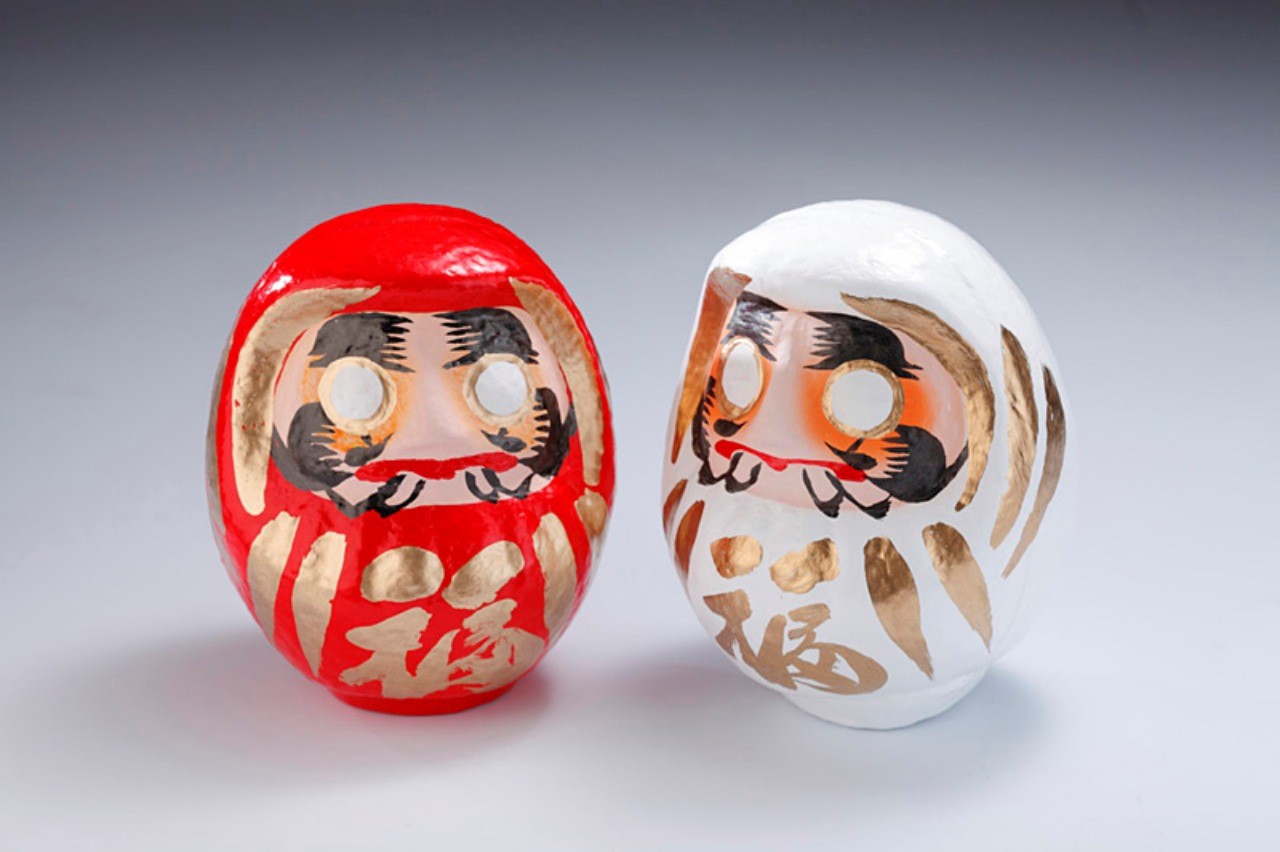
The most notable feature is the plump and cheerful expression covering the entire face. The face is decorated with some of Japan’s most iconic lucky symbols. The eyebrows represent cranes, the mustache represents turtles, the beard on the chin represents pine, the sideburns represent plum, and the lower part of the face is decorated with a bamboo motif. Together, these elements form the “Crane, Turtle, Pine, Bamboo, and Plum” design, which is considered extremely auspicious. The gentle expression is impressive, and while red is the standard color, recently, modern and cute designs have also become popular.
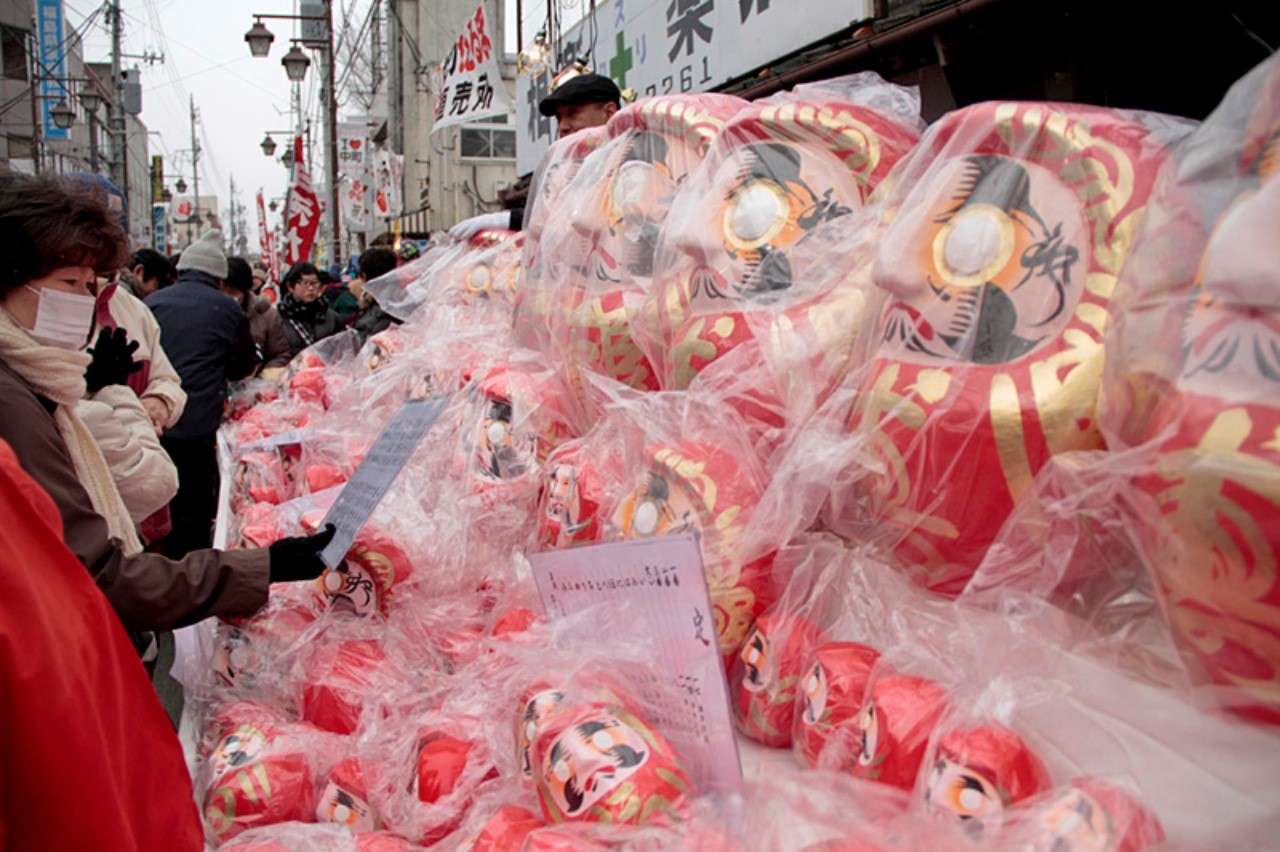
Every year on February 11th, a large-scale Shirakawa Daruma Market is held. On this day, the city is bustling with 150,000 people—more than twice the population of the city itself.
[Miyagi] Matsukawa Daruma
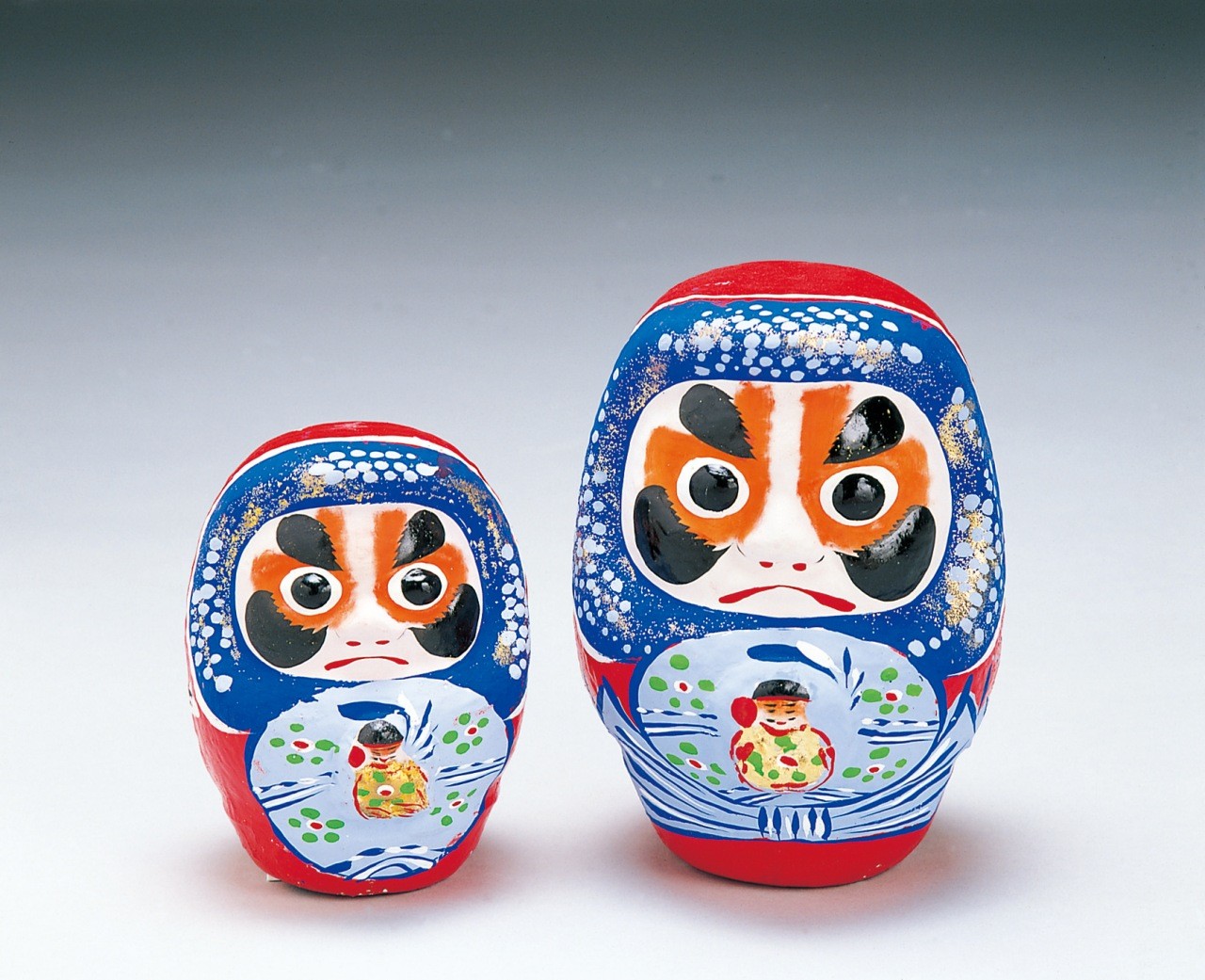
Unlike other Daruma dolls, the most distinctive feature is that both eyes are painted from the start. The indigo blue body, representing the sky or vast heavens, is decorated with various lucky symbols such as treasure ships, rice bales, and Daikoku-sama (the god of wealth). Having both eyes open from the beginning symbolizes watching over everything attentively.
[Oita] Himedaruma
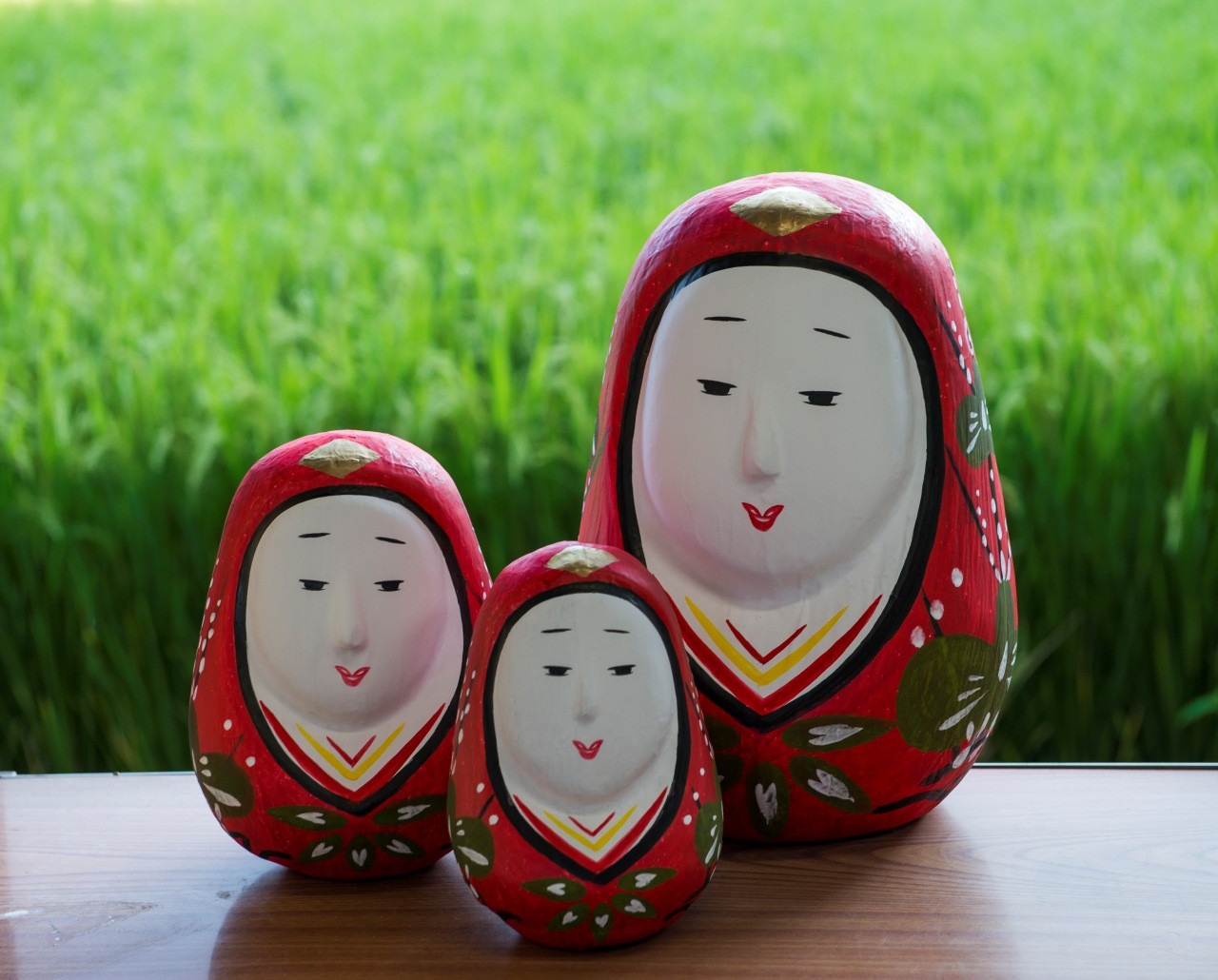
This daruma is unique in that it is not round, but shaped like a woman wearing a kimono. It is considered a lucky charm for family harmony and business prosperity, and its kimono is decorated with pine, bamboo, and plum patterns. These motifs symbolize the family: pine represents the father, plum the mother, and bamboo the child.
Famous Temples and Spots for Daruma
Here are some famous spots where many people visit to purchase or dedicate daruma dolls.
[Osaka] Katsuo-ji Temple
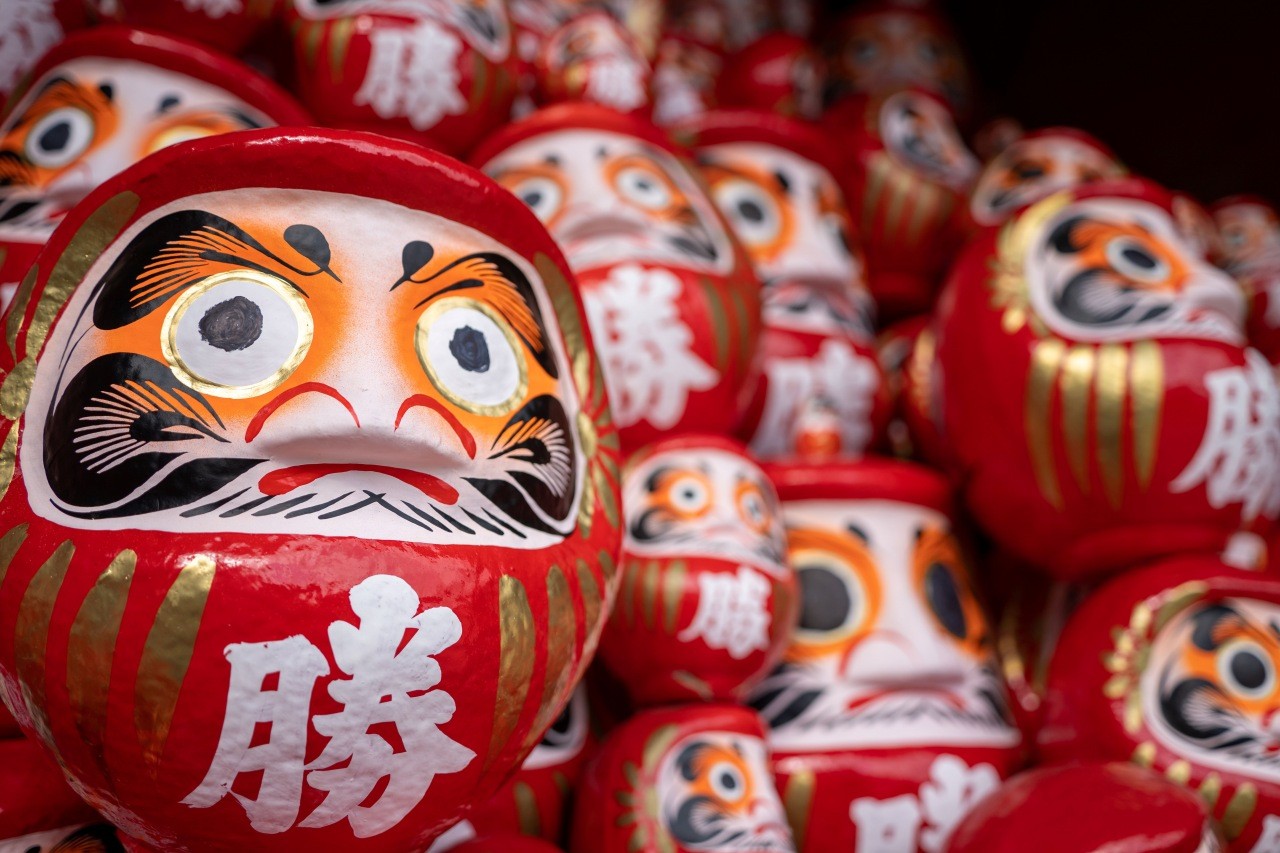

Katsuo-ji Temple, known as the "Temple of Victory," is famous for its shelves filled with "Kachi Daruma" (Victory Daruma) dolls with both eyes drawn in, dedicated by those whose wishes have come true. At Katsuo-ji, "victory" does not simply mean defeating others, but rather overcoming one's own weaknesses. For this reason, many people visit to pray for success in various fields such as entrance exams, warding off evil, illness, and sports. It is believed that by writing your wish on a unique Kachi Daruma available only here, drawing in one eye and making a vow, and then continuing to work towards your goal, your wish will come true.
- Address: Katsuo-ji Temple, Minoh City, Osaka Prefecture
- Visiting Hours: [Weekdays, Sundays, Holidays] 8:00–17:00 [Saturdays] 8:00–18:00 *Reception closes 30 minutes before closing
- Admission Fee: Adults (high school students and above) 500 yen, Elementary & Junior High School Students 400 yen, Preschool Children 100 yen, Children under 2 Free
- Access: Take the Hankyu Bus from Kita-Osaka Kyuko Minoh-Kayano Station
- HP: https://katsuo-ji-temple.or.jp/
[Gunma] Shorinzan Daruma-ji Temple
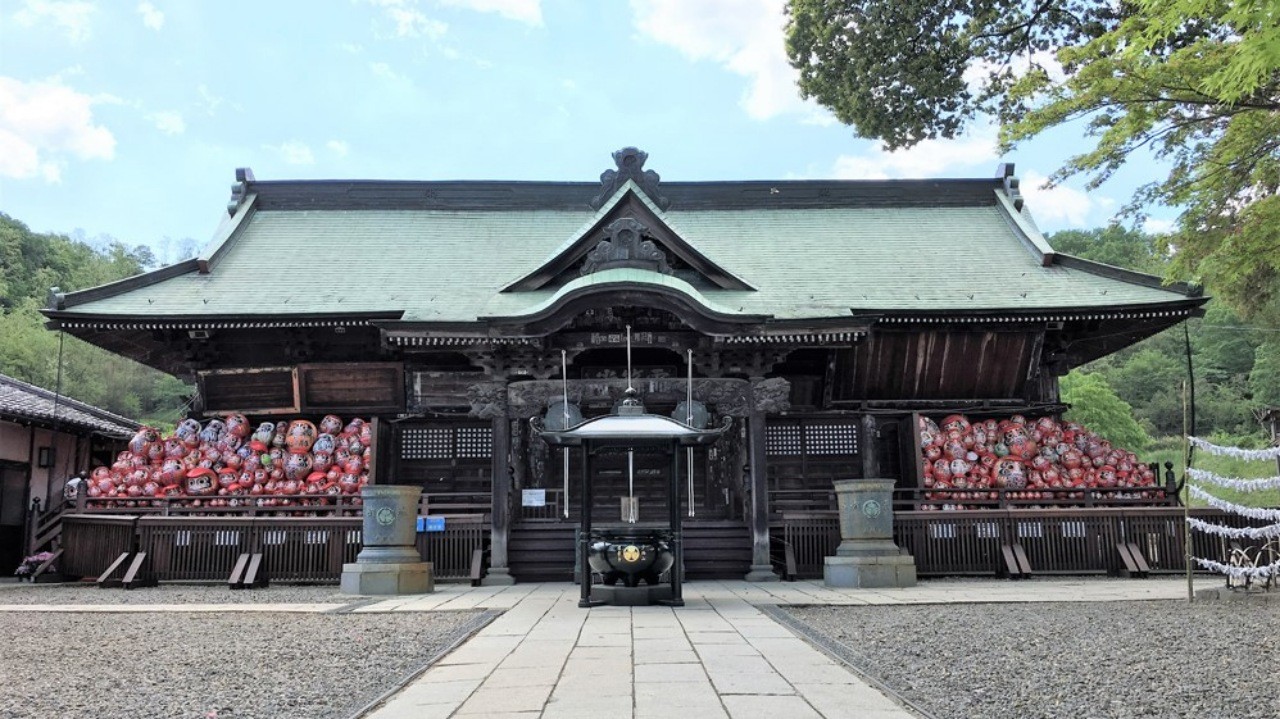
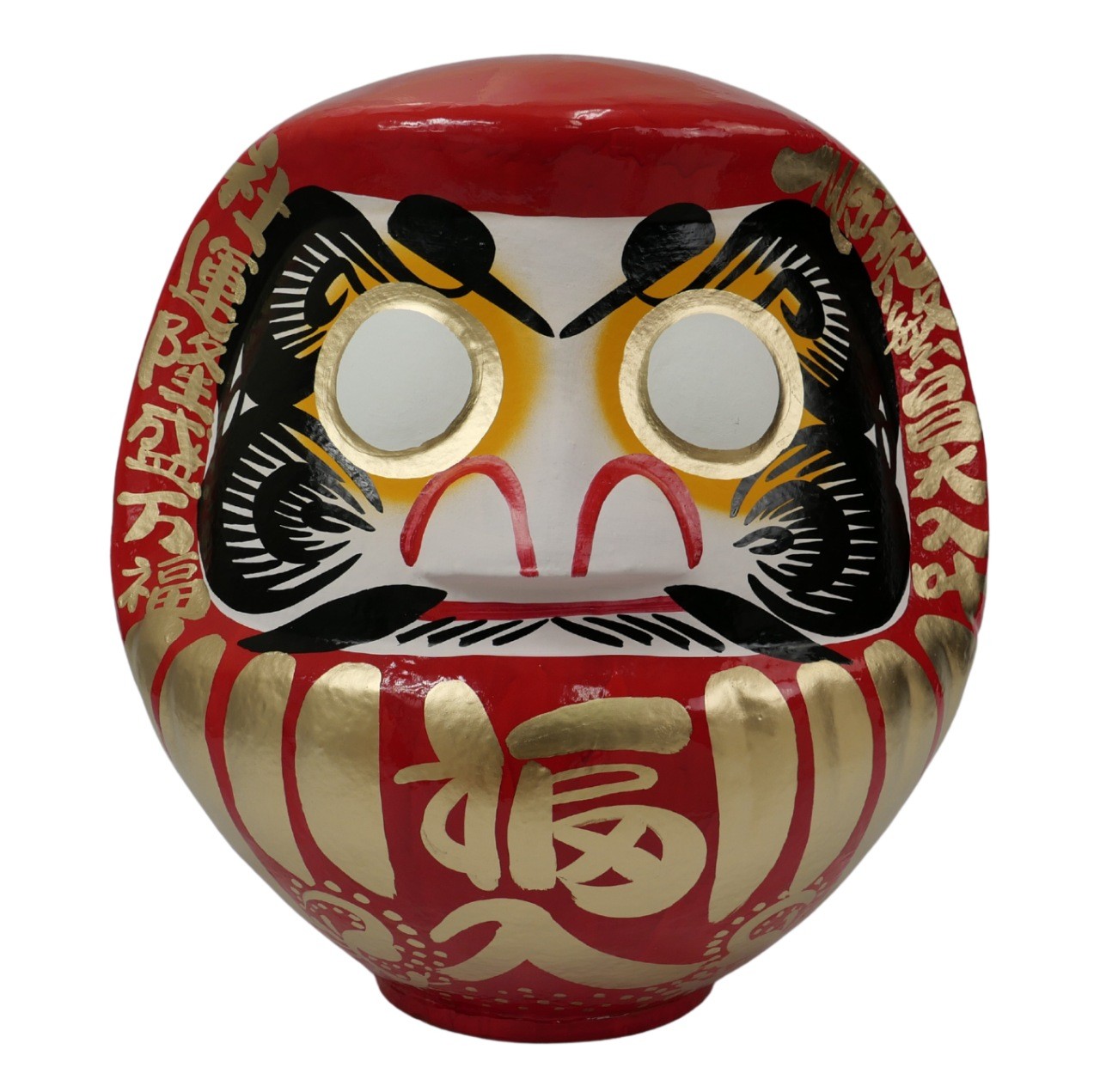
This temple is known as the birthplace of the lucky Daruma doll. The lucky Daruma is characterized by eyebrows shaped like two cranes facing each other, and the mustache and beard forming the face of a turtle and crane facing each other. In addition, wishes such as "family safety" and "prosperity in business" are written on both sides of the face, and "good fortune" is written on its belly, making it beloved as a symbol of good luck.
At the Daruma painting experience area within the temple grounds, you can try your hand at painting a Daruma, creating a one-of-a-kind Daruma imbued with your own wishes.
- Address: 296 Hanadaka-machi, Takasaki City, Gunma Prefecture
- Visiting Hours: 9:00–17:00
- Daruma Painting Experience Reception: 10:00–15:30
- Access: 5 minutes by taxi from Gumma-Yawata Station
- Website: https://www.daruma.or.jp/
What Should You Do With a Daruma Doll After Its Purpose Is Fulfilled? How to Offer Thanks and Properly Dispose of It
When your wish has come true, or a year has passed and your Daruma doll has fulfilled its role, how should you handle it? In Japan, it is traditional not to simply throw the Daruma away as trash, but to express your gratitude and offer it in a memorial service (供養 / kuyou).
1. Express Your Gratitude
Whether your wish was granted and both eyes are filled in, or it was not, you should first show appreciation to the Daruma that watched over you for a year.
2. "Daruma Memorial Service" at a Temple
The most respectful and formal way is to bring your Daruma to the temple or shrine where you purchased it, or to a temple or shrine hosting a Daruma Fair, and request a Daruma memorial service (だるま供養 / Daruma Kuyou). At many temples and shrines, there are special ceremonies (Otakiage) during large festivals such as Daruma Fairs, where old Daruma dolls are burned in a ritual to express thanks. It is common to purchase a new Daruma after offering the old one, and make a new wish.
The Japanese Daruma doll is a lucky charm that embodies the spirit of "Nanakorobi Yaoki" (fall down seven times, get up eight) and the power of wishes. Part of its charm is the enjoyment of painting in the eyes, choosing different colors, or selecting by region of origin. When you visit Japan, be sure to pick out your favorite Daruma, make a wish, and paint in one eye. Your Daruma, with its indomitable spirit, will surely become a powerful ally for you.
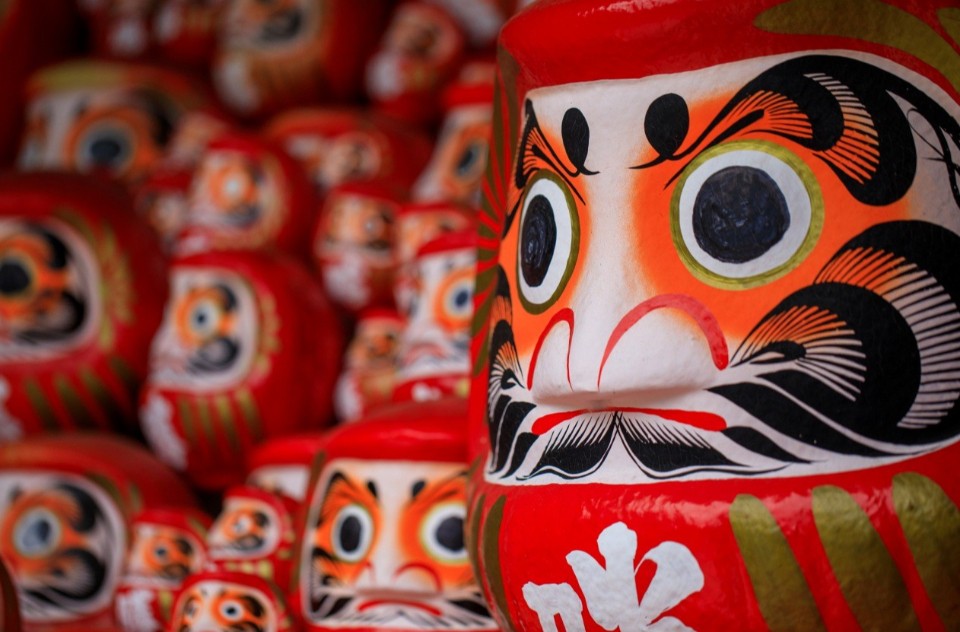
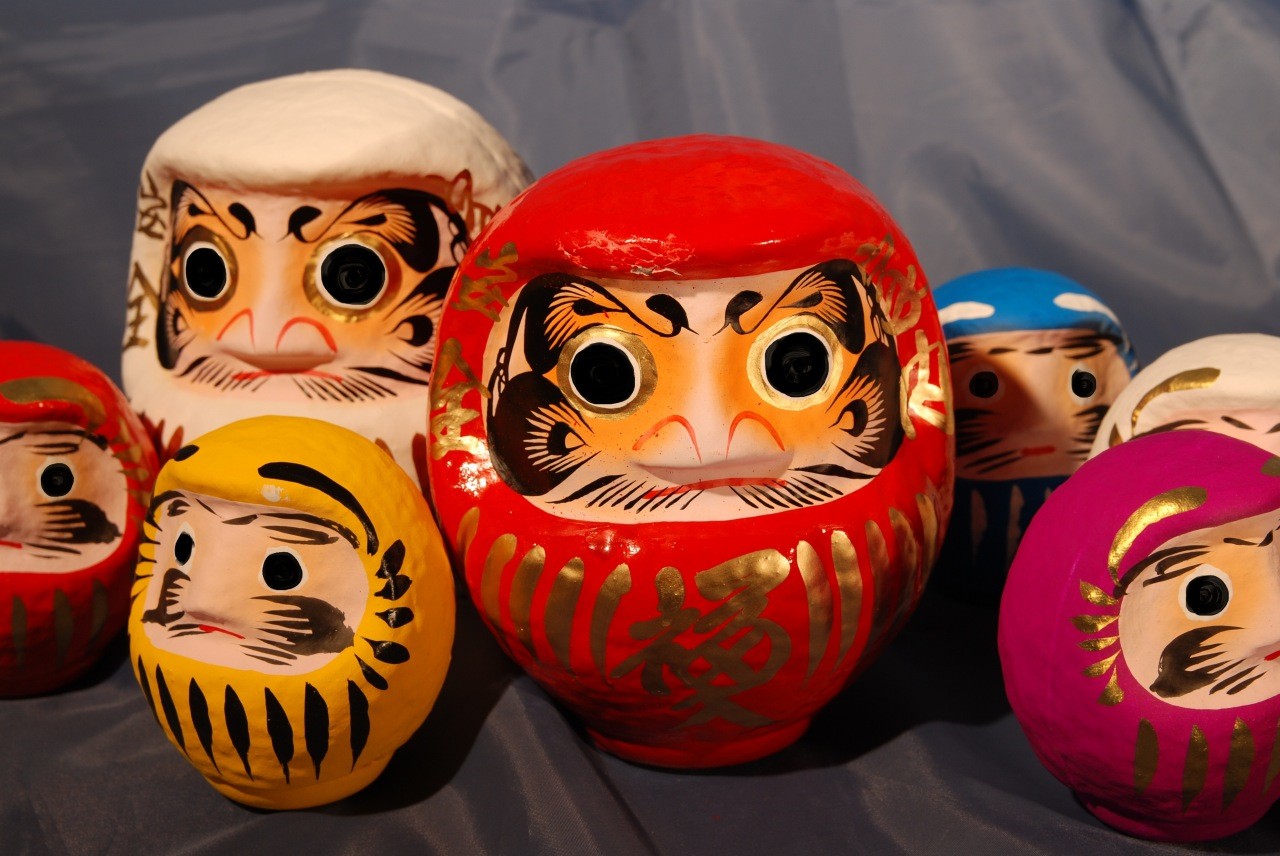
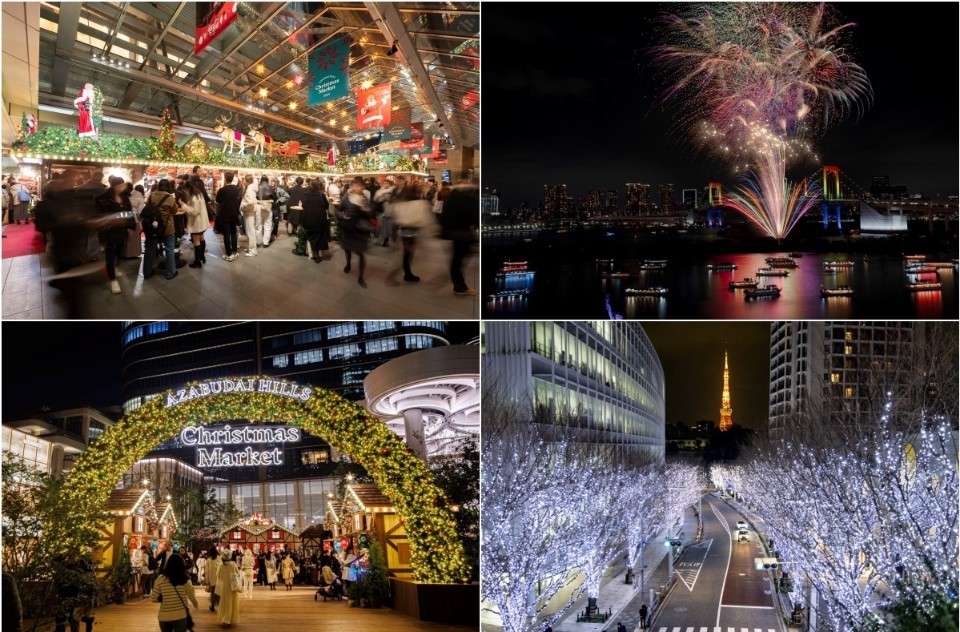
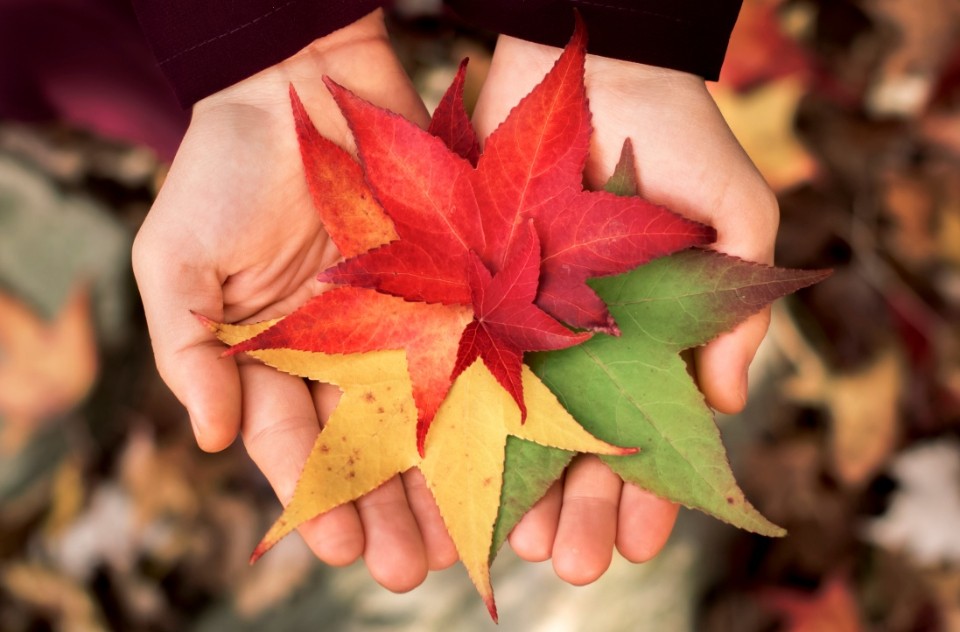
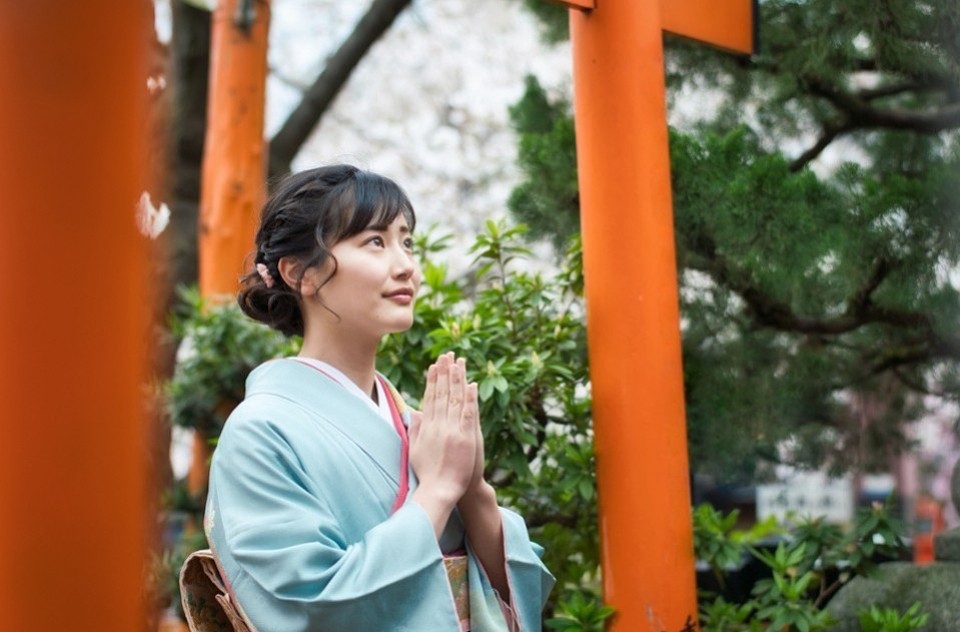
Comments